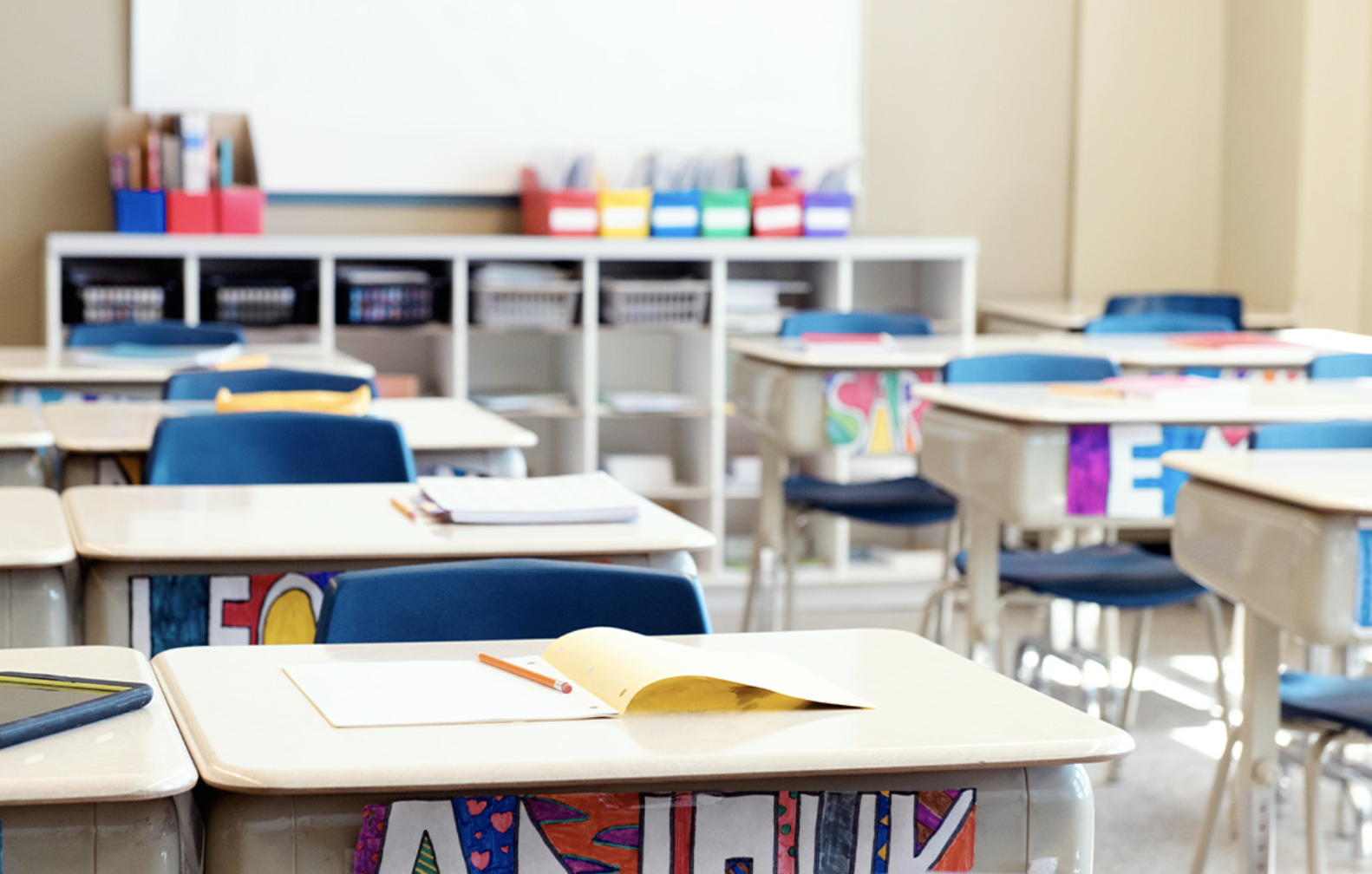Funding for Schools: Peace of Mind for Your Classroom
Throughout 2020, a series of emergency relief funds were implemented to address the impact of the Novel Coronavirus Disease 2019 (COVID-19). Now, two years later in 2022, these funds are still available to address indoor air quality and create a safer learning environment for students and staff alike. With aging structures and HVAC systems, it is vital to provide effective air purification to mitigate the dangers of breathing untreated air.
“Good IAQ contributes to a favorable environment for students, performance of teachers and staff, and a sense of comfort, health and well-being. These elements combine to assist a school in its core mission — educating children.”
We know you’re concerned about your students wellbeing as they re-enter the classroom. We’ve found, though, that many schools are unsure of how to utilize this funding. Talk to your administration now to see if your school has applied for any of these funding programs.
There are a few different types of funding that may be available to your school. Which of these grants have you utilized?
-
“[…]to address the impact that COVID-19 has had, and continues to have, on elementary and secondary schools across the Nation.”
Amount Available: $54 billion
SEAs must obligate funds by: September 30, 2023
-
“[…]to address the impact that COVID-19 has had, and continues to have, on elementary and secondary schools across the Nation.”
Amount Available: $122 billion
SEAs must obligate funds by: September 30, 2024
-
“[…]awards grants to Governors for the purpose of providing local educational agencies (LEAs), institutions of higher education (IHEs), and other education related entities with emergency assistance as a result of the Novel Coronavirus Disease 2019 (COVID-19).”
Amount Available: $1.3 billion
SEAs must obligate funds by: September 30, 2023*
*funds obligated by the governor rather than an SEA
-
To “provide services or assistance to non-public schools that enroll a significant percentage of low-income students and are most impacted by the qualifying emergency.”
Amount Available: $2.75 billion
SEAs must obligate funds: Within 6 months of receiving
-
To “provide services or assistance to non-public schools that enroll a significant percentage of low-income students and are most impacted by the qualifying emergency.”
Amount Available: $2.75 billion
SEAs must obligate funds: Within 6 months of receiving
We’ve done the research to find solutions that are truly effective, safe, and address the concerns that are most important for you and your school. Our team of experts are happy to help you explore these solutions and their application within your space.

